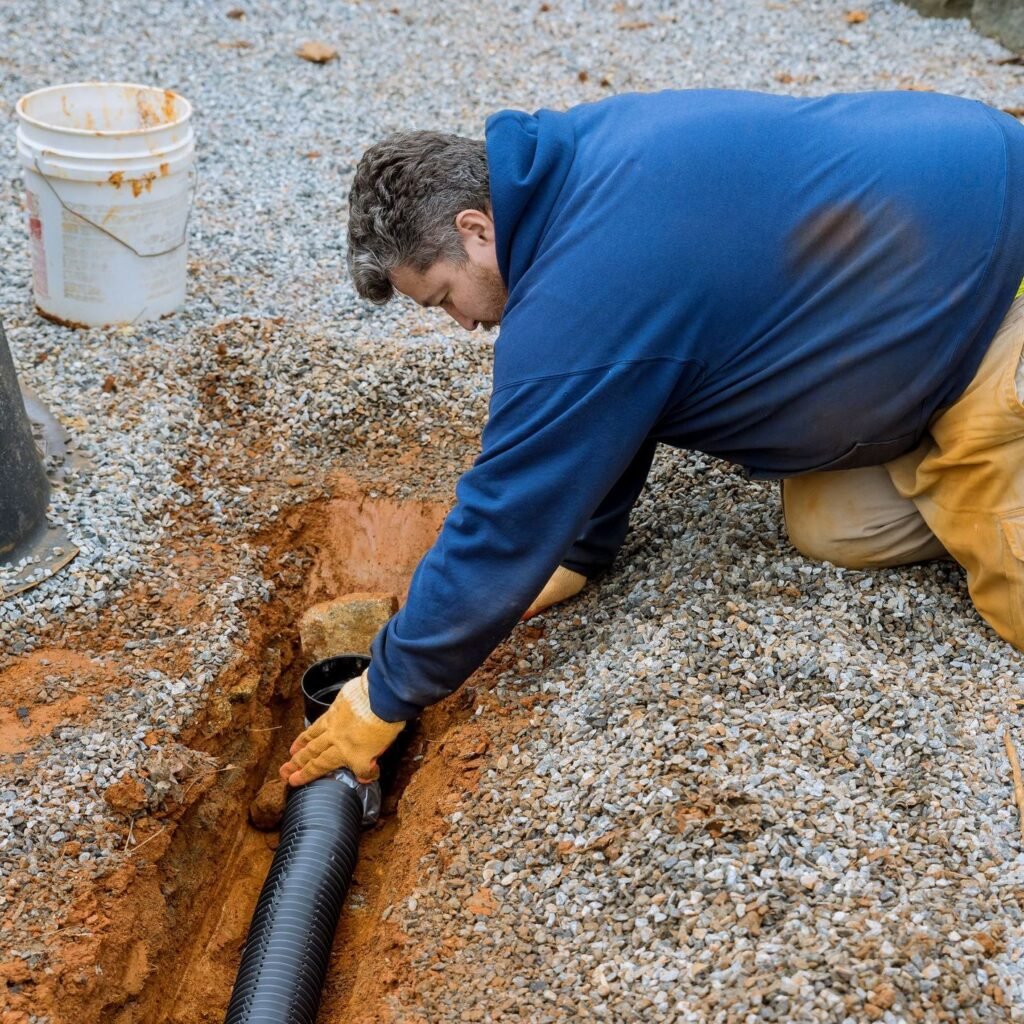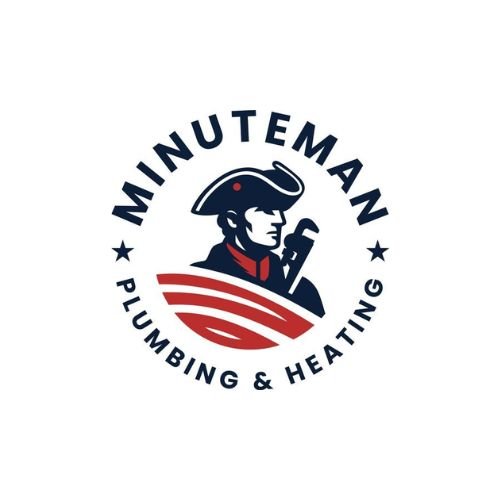Sewer line repair is maintenance one never even thinks of until something gets broken. However, if the sewer line is broken, then it has devastating consequences. A broken sewer line can lead to backups, stenches, and expensive repairs. Having the knowledge of ruptured sewer line sign, its repair, and failure prevention occurrence can be time- and cost-effective.
What Causes Sewer Line Damage
Sewer lines transport waste water from sewer line repair your house to the sewerage system or septic tank. Sewer pipes may get damaged over time due to the following reasons:
Tree Roots: Tree roots are a very frequent reason for sewer line failure. Roots adore water, and sewer lines that are underground will get a steady supply of water. The instant the roots get into the lines, they will crack the lines, clog them, or divide them.
Corrosion: Metal or clay pipes even decades old will corrode or rust with time. This weakens the pipes and causes cracking or leakage.
Moving or Sinking Pipes: Grime on pipes settles down after some time, and thus pipes sink or move. This causes leakage or bursting.
Blockage and Clogs: Hair, grease, or whatever else it is not supposed to be in the toilet can accumulate and clog sewer line. The clog will keep causing backups or softening pipes.
Poor Installation: If the sewer line was not properly installed initially, then it won’t last as long and will collapse prematurely.
Indications That Your Sewer Line Needs Repair
If your sewer line is broken, then there are some signs that you need to identify:
Slow Drains: If your toilet, bathtub, or sink drain slowly, then something is amiss with your sewer line. It may be a clog from time to time, but if it is not recirculating, then that is the indication of something more.
Sewage Backup: When your sewage first starts to back up into your lines, you realize that your sewer line must be extremely ill. You would rather act quickly so you will not be in the mood with damage or illness.
Bad Smells: Stinky odors inside your house or even outside in your yard can indicate that your sewer line became a leak or crack.
Green Bloms in Your Yard: If your yard is green or wet in spots, sewage could be leaking underground and feeding plants there.
Mold or Mildew: Mildew or mold on floors or walls close to the foundation of your home could be an indication that sewer line leak happens.
How Sewer Lines Are Repaired
If the sewer line does not need to be repaired, then best plumbing company there are various methods with which it can be repaired. It will depend on how severe the damage is, what kind of material pipes were made of, and your finances.
Regular Trenching: The first of the sewer line repair methods. Dig a hole to access the broken pipe and then fix it or replace it. It gets the job done, but at a high price and an interruption to your yard.
Trenchless Repair: Trenchless solutions are more modern and less destructive. You don’t have to dig up your yard, a big plus if you don’t want to ruin your landscaping. Some of the most widely used trenchless solutions are:
Pipe Lining: A fresh liner is installed inside the problematic pipe. The liner forms and there is a new pipe inside the old pipe.
Pipe Bursting: Here, the damaged pipe is busted and new pipe is inserted inside there in its stead. It is applied when the burst pipe is severely damaged to be repaired.
Full Replacement: If the sewer pipe cannot be repaired, then lastly it is replaced fully. It is costly, but sometimes it is worth it in the long term.
DIY vs. Hiring a Professional
Sewer line repair is a serious job that usually calls for the expertise of a professional plumber. Regardless of how much you might try to do some basic plumbing repair yourself, sewer line repair would usually call for skill and equipment. You stand to end up with more damage or even your health on the line.
A plumber will visit your home and check out your sewer line, and even go inside with a camera, and let you know what has to be done to repair it. They also do the repairs to local code and specifications.
Preventing Sewer Line Troubles
- Once you’ve had your sewer line repaired, there are a few things you can do to prevent trouble from happening down the road:
- Don’t Flush Everything: Only human waste and toilet paper should be flushed. Never flush sanitary products, paper towels, and wipes as they cause clogs and jams the line.
- Regular Maintenance: Get your sewer line inspected every few years. Regular maintenance will keep clogs from happening and detect issues early.
- Trim Tree Roots: If trees are growing over your sewer line, cut the roots or place root barriers to keep away damage.
- Be Watchful What You Drain: Never drain grease, food particles, and oil. They will clog your pipes.
Sewer line repair is significant in keeping your home plumbing system in its optimal state of working condition. Don’t wait until you notice any sign that there is already a problem, like slow flow, odor, or sewer backup, before it’s repaired. Get it repaired early so you won’t be spending an arm and a leg and prevent further damage. If you have no idea what shape your sewer line is in, the best thing you can do is have a professional plumber inspect it and let you know what to do next.









